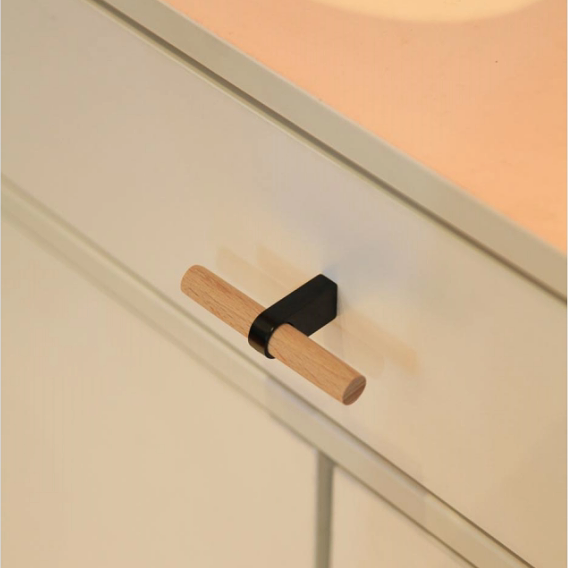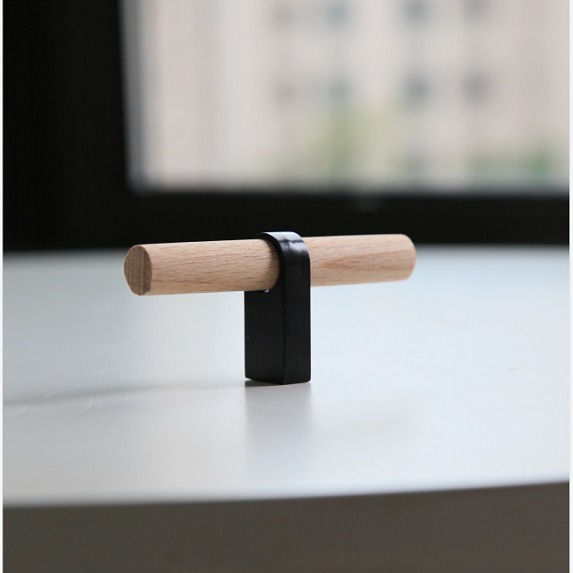Choosing between wooden and metal furniture handles depends on several factors, including the desired aesthetic, functionality, durability, and the overall design of the furniture piece. Here are the pros and cons of each option to help you make an informed decision:
Wooden Furniture Handles:
Pros:
- Aesthetic Appeal: Wooden handles can add warmth and a natural, organic feel to furniture. They come in various wood types with distinct grains and colors, allowing for customization to match different styles.
- Customization: Wooden handles can be easily carved, shaped, and customized to fit unique design concepts. They can feature intricate details, textures, and even hand-carved motifs.
- Ergonomics: Wood can be comfortably shaped to create ergonomic handles that feel comfortable and natural in the hand. This is particularly important for frequently used furniture pieces.
- Variety: With a wide range of wood species and finishes available, you can find the perfect match for both traditional and modern furniture designs.
- Warmth: Wooden handles can evoke a sense of coziness and comfort, making them suitable for creating inviting living spaces.
Cons:
- Durability: While hardwoods are generally durable, they can be susceptible to wear and tear over time, especially in high-use areas. Proper finishing is essential to enhance longevity.
- Maintenance: Wooden handles might require more maintenance, such as occasional polishing or refinishing, to maintain their appearance and protect them from moisture.
- Limited Styles: Wood’s versatility is limited to its inherent characteristics. It might not be the ideal choice for ultra-modern or industrial designs that require sleek and minimalist aesthetics.
Metal Furniture Handles:
Pros:
- Durability: Metal handles, especially those made from stainless steel or other corrosion-resistant alloys, are highly durable and resistant to wear, making them suitable for high-use furniture pieces.
- Modern Aesthetics: Metal handles often have a contemporary and sleek appearance that complements modern and minimalist furniture designs.
- Variety: Metal handles come in a wide range of finishes, including polished, brushed, matte, and colored options, offering plenty of choices to match various design schemes.
- Easy Maintenance: Metal handles are generally easy to clean and maintain. They are less susceptible to moisture damage and don’t require frequent refinishing.
- Sturdiness: Metal handles can provide a sturdy grip, making them suitable for heavy drawers and doors.
Cons:
- Cold Aesthetic: While metal handles can be visually striking, they may lack the warmth and natural feel that wooden handles provide.
- Limited Customization: While metal can be shaped and molded to some extent, intricate designs might be more challenging to achieve compared to wood.
- Less Ergonomic: Some metal handles might not be as ergonomic or comfortable to grip as wooden handles, particularly if they have sharp edges or lack curvature.
In the end, the choice between wooden and metal furniture handles depends on your personal preferences, the style of the furniture piece, the intended use, and the overall design concept. You can also consider combining materials by using metal accents with wooden furniture or vice versa to create a unique and balanced look.


